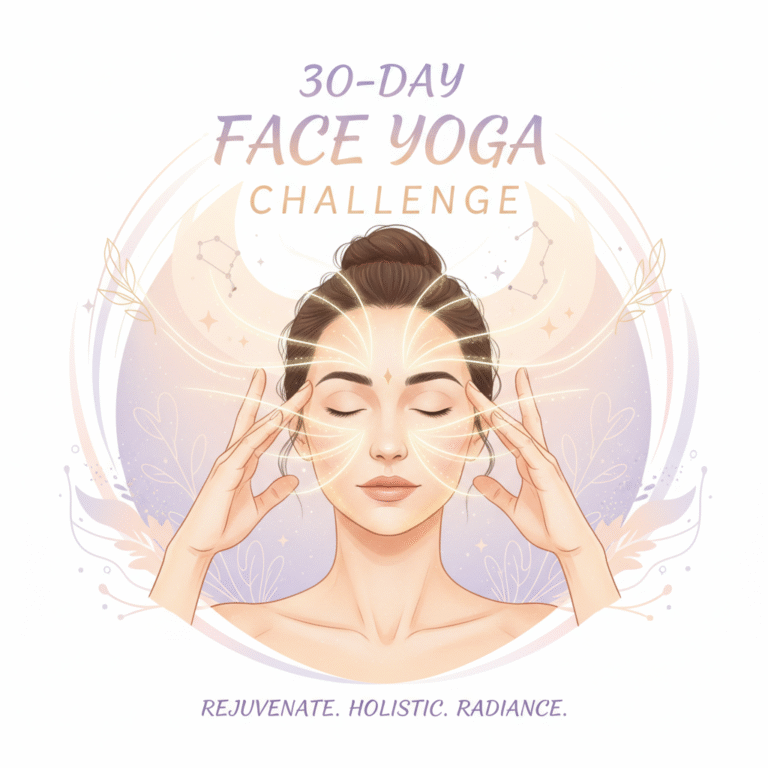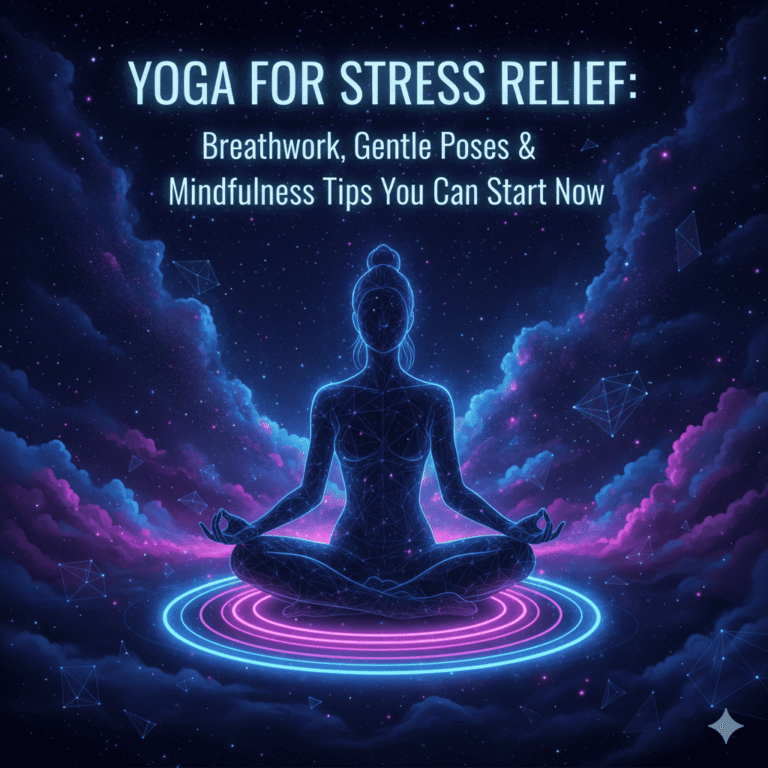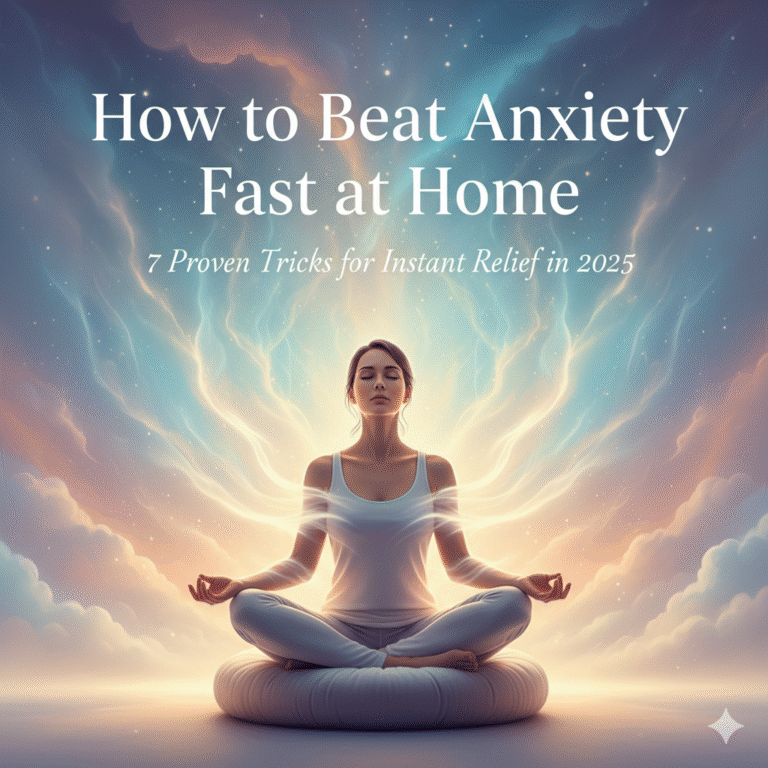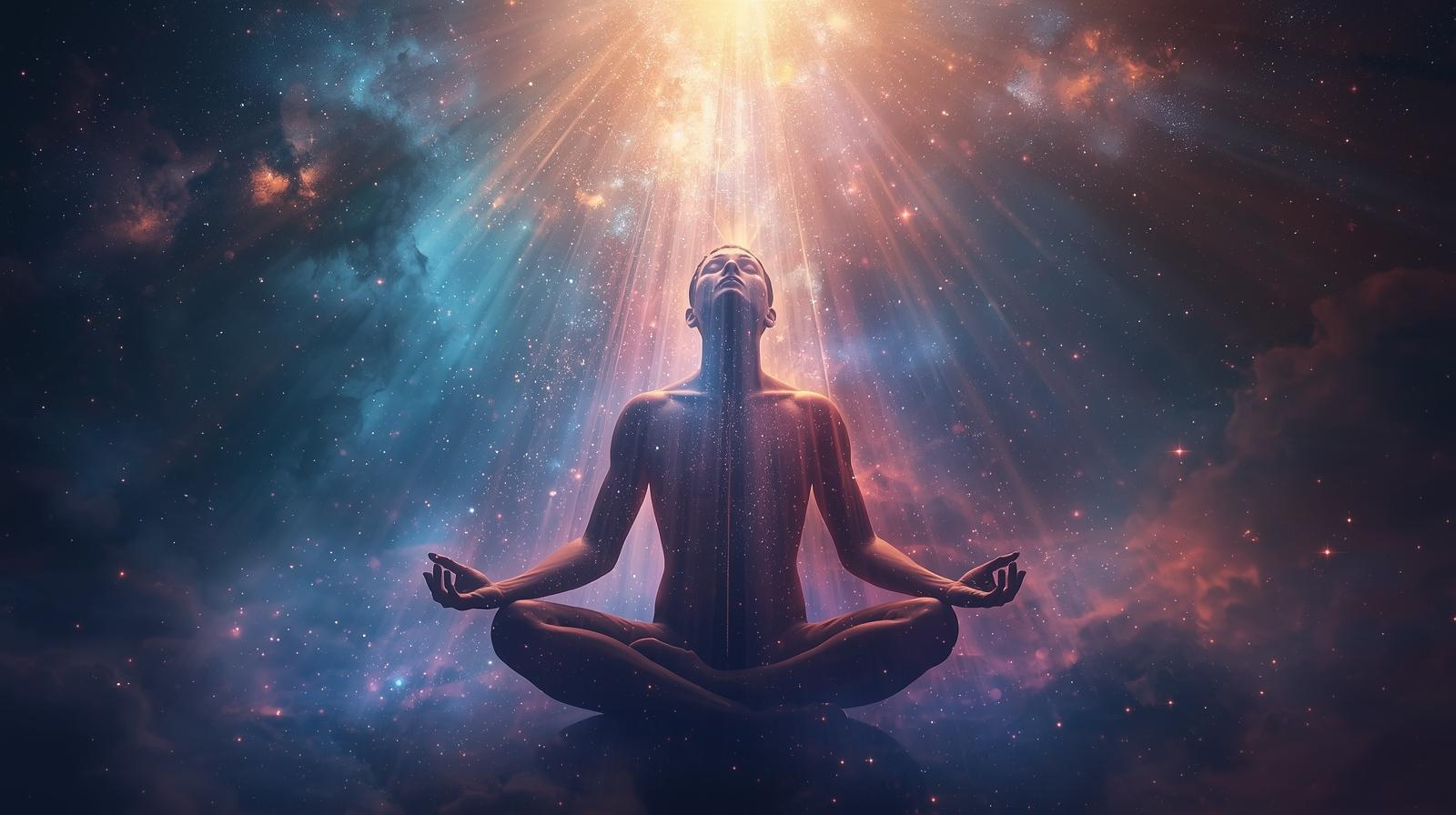
Stress, anxiety, and sleepless nights have silently become part of modern life. From endless work deadlines to constant social media notifications, our nervous system rarely gets a chance to rest. Over time, this lifestyle leads to burnout, mood swings, poor focus, and even chronic health problems. While sleeping pills and anti-anxiety medications may provide temporary relief, they often come with side effects. This is why people across the globe are turning towards yoga therapy — a holistic approach that works with the mind, body, and breath.
At the heart of yoga therapy lies pranayama, the ancient science of breath regulation. Unlike regular exercise, pranayama is gentle, requires no equipment, and can be practiced almost anywhere. It has been proven to calm the mind, restore emotional balance, and improve sleep quality. Let’s explore how pranayama works as a natural therapy for stress, anxiety, and sleep issues.
🧘 What is Yoga Therapy?
Yoga therapy is not just about stretching or performing asanas. It is the personalized application of yoga practices — including postures, meditation, and especially breathing — designed to manage health conditions. Unlike generic yoga classes, yoga therapy is tailored to an individual’s needs. For example, someone struggling with insomnia may focus on calming breathing techniques, while someone with anxiety may benefit from balancing pranayama practices.
The key strength of yoga therapy is its holistic approach. Instead of suppressing symptoms, it addresses the root cause — the imbalance of energy and tension within the nervous system. Over time, this builds resilience, reduces stress, and restores harmony between mind and body.

💨 What is Pranayama?
The word pranayama is derived from two Sanskrit roots: prana (life force or vital energy) and ayama (expansion or regulation). Put together, pranayama means the expansion and regulation of life energy through breath.
Breath is not just a physical act — it reflects our emotional state. When stressed, our breathing becomes shallow and fast. When relaxed, it slows down naturally. By consciously training the breath, pranayama gives us a direct key to calming the nervous system. This is why it has been a central part of yoga therapy for centuries.
🧠 How Pranayama Helps with Stress & Anxiety
Stress is essentially the body’s alarm system. A little stress can sharpen focus, but constant stress keeps the “alarm” switched on, flooding the body with cortisol. High cortisol levels increase anxiety, lower immunity, and disturb sleep.
Pranayama works by signaling the brain that it is safe to relax. Slow, deep breathing activates the parasympathetic nervous system, often called the “rest and digest” mode. As a result, heart rate slows down, cortisol levels drop, and the mind begins to feel centered. People who practice pranayama regularly report reduced panic episodes, calmer moods, and better focus at work or study.
🌙 Yoga Therapy for Sleep Issues
One of the biggest benefits of yoga therapy is better sleep. Insomnia and restless nights are often caused by an overactive mind. Even when the body is tired, thoughts keep racing, preventing deep rest. Practicing pranayama before bed slows down brain activity and prepares the body for sleep naturally.
Breathing exercises like Bhramari (humming bee breath) create soothing vibrations that relax the brain, while Nadi Shodhana (alternate nostril breathing) balances energy and quiets inner chatter. Over weeks of consistent practice, people find they can fall asleep faster, sleep longer, and wake up refreshed — without pills.
🩺 Yoga Therapy vs. Modern Medicine
| Aspect | Yoga Therapy | Modern Medicine |
|---|---|---|
| Approach | Holistic balance of mind, body & breath | Focuses on symptom relief (pills, sedatives) |
| Side Effects | None – natural and safe | Risk of side effects, dependency |
| Long-Term Impact | Builds resilience, improves sleep quality | Often short-term results |
| Accessibility | Can be practiced anywhere, anytime | Needs prescriptions and cost |
| Focus | Root cause healing | Temporary symptom management |

🔥 Types of Pranayama for Stress, Anxiety & Sleep
There are many types of pranayama, but not all are required for daily practice. Beginners can start with a few simple yet powerful techniques:
- Nadi Shodhana (Alternate Nostril Breathing) – Balances both hemispheres of the brain, reducing anxiety and improving focus.
- Bhramari (Humming Bee Breath) – The gentle humming sound calms the mind and prepares it for deep sleep.
- Ujjayi (Victorious Breath) – Ocean-like breath that improves oxygen flow and relaxes the nervous system.
🧎 How to Practice Pranayama at Home
The beauty of pranayama is its simplicity. You don’t need a yoga mat or a studio. All you need is a quiet space and a few minutes. Sit comfortably with your spine straight, close your eyes, and gently focus on your breath. Start with five minutes a day, gradually increasing to fifteen or twenty. The key is regularity — consistency matters more than duration.
🧬 The Science Behind Pranayama
Modern science supports what yogis have practiced for centuries. Research shows pranayama lowers cortisol levels, improves heart rate variability, and increases serotonin — the “feel good” hormone. Brain imaging studies also reveal that slow breathing activates the prefrontal cortex, the part of the brain responsible for decision-making and emotional regulation.
This means pranayama doesn’t just relax you temporarily; it reshapes how your brain and body respond to stress in the long run.
🌟 Real-Life Impact of Yoga Therapy
People who integrate yoga therapy into their lives often share similar experiences. They describe mornings filled with focus instead of panic, calmer reactions to daily challenges, and the joy of falling asleep without effort. Some even reduce their dependence on medication after consistent practice. The transformation is gradual but deeply rewarding.
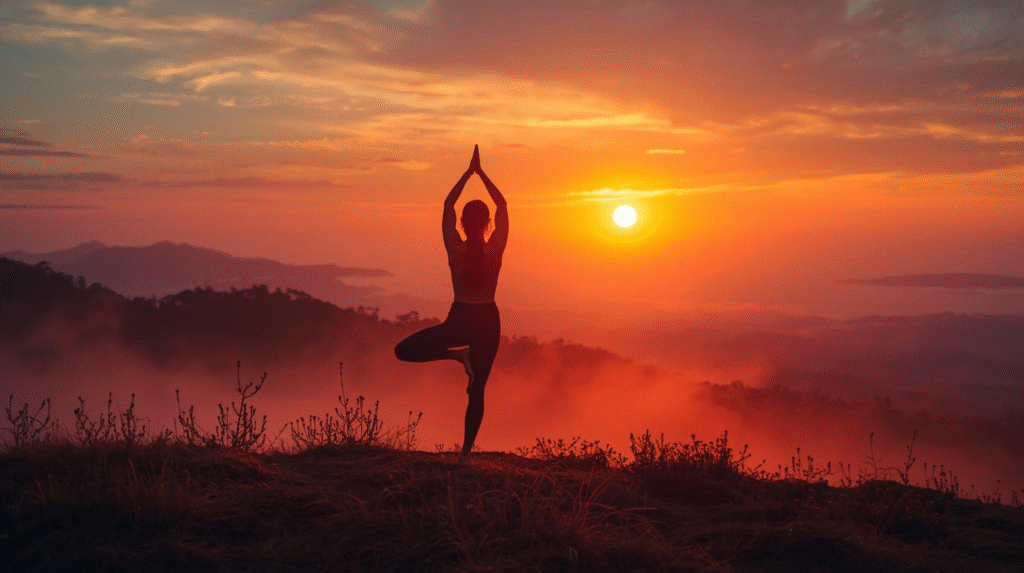
✅ Conclusion
In a world where stress, anxiety, and sleeplessness are almost unavoidable, yoga therapy provides a sustainable, natural path to healing. By practicing pranayama, you not only calm your mind in the moment but also strengthen your nervous system to handle future challenges. Unlike quick fixes, it works from within — balancing body, breath, and mind.
So next time you feel restless or overwhelmed, pause for a moment. Close your eyes, take a slow breath in, and exhale fully. This simple act of conscious breathing could be your first step towards peace, better sleep, and lasting emotional balance.

